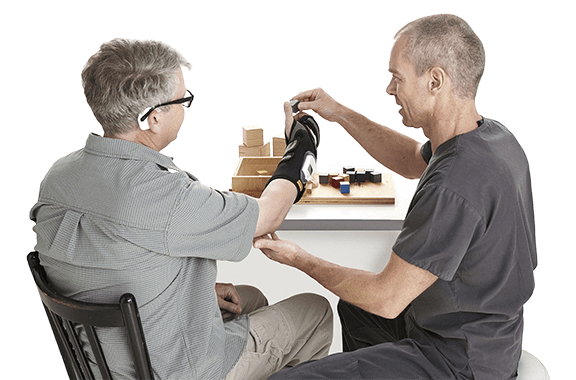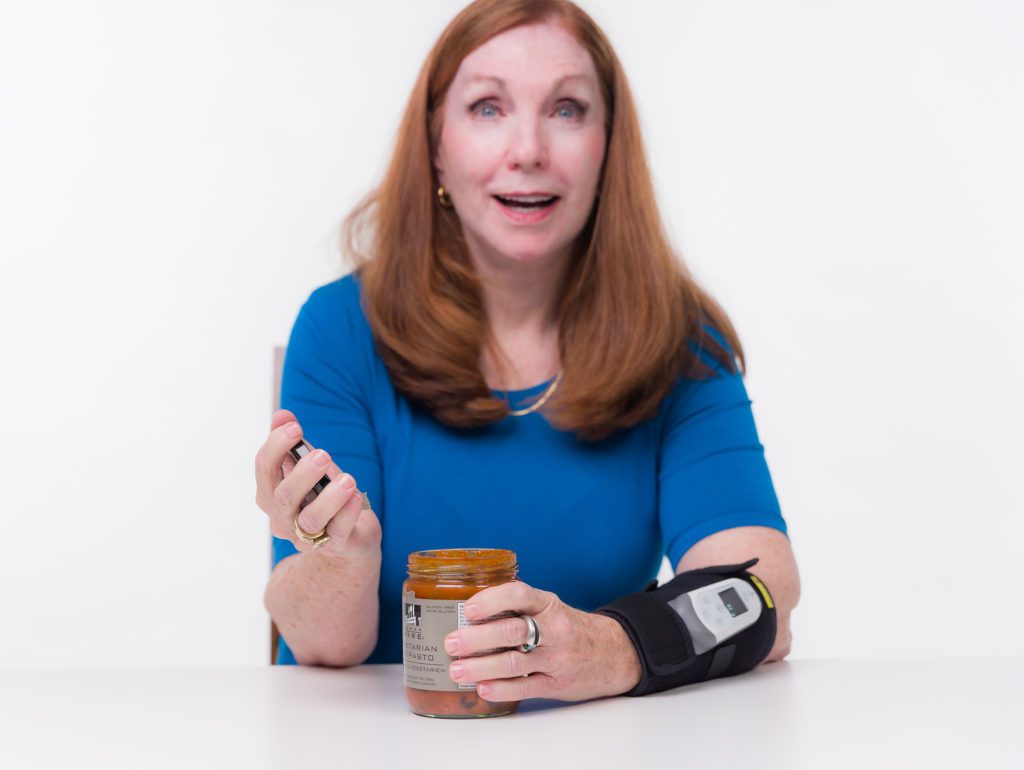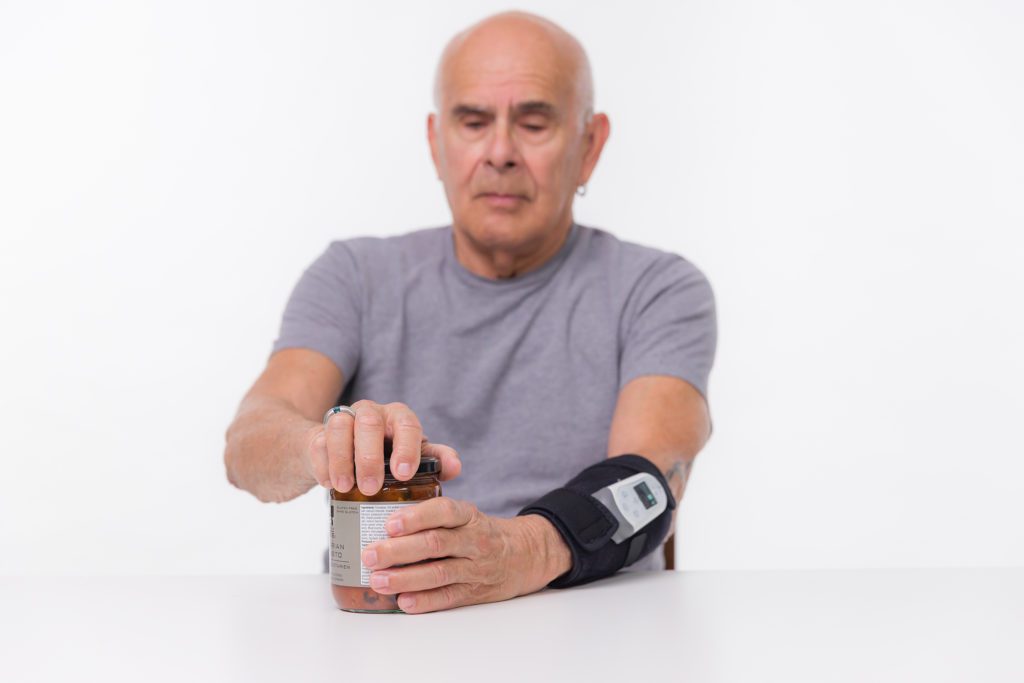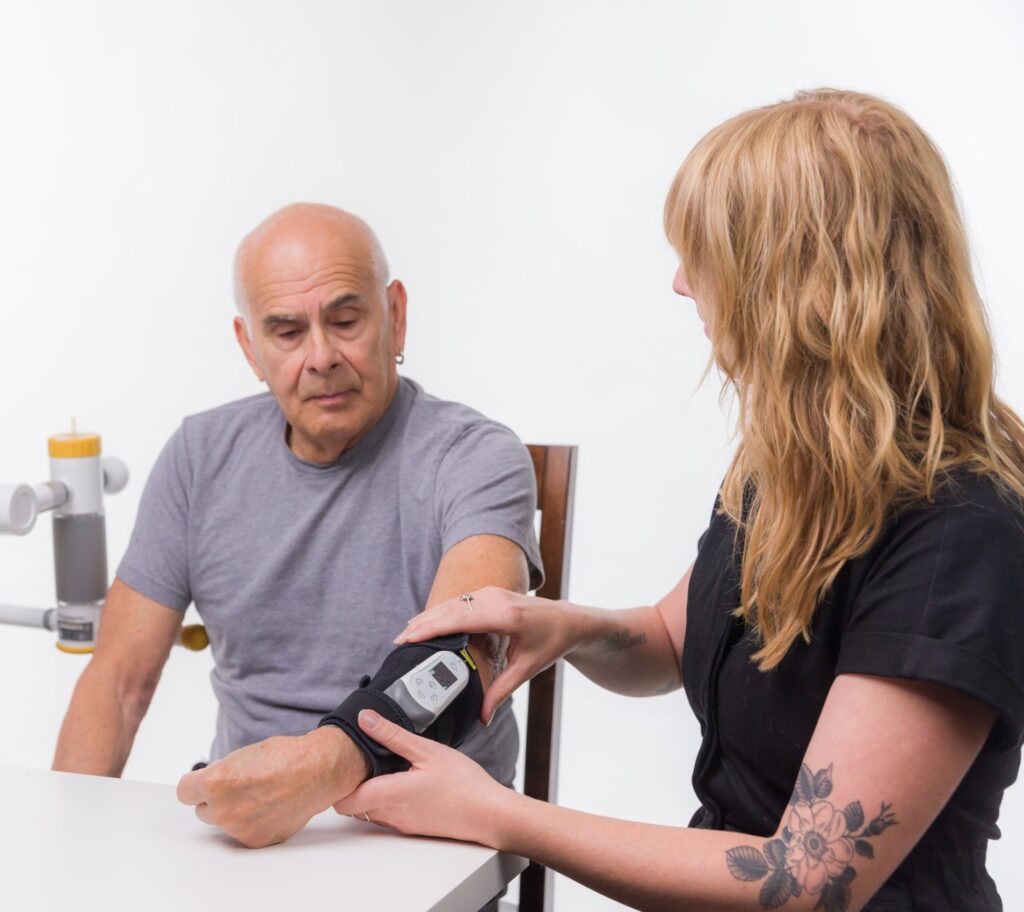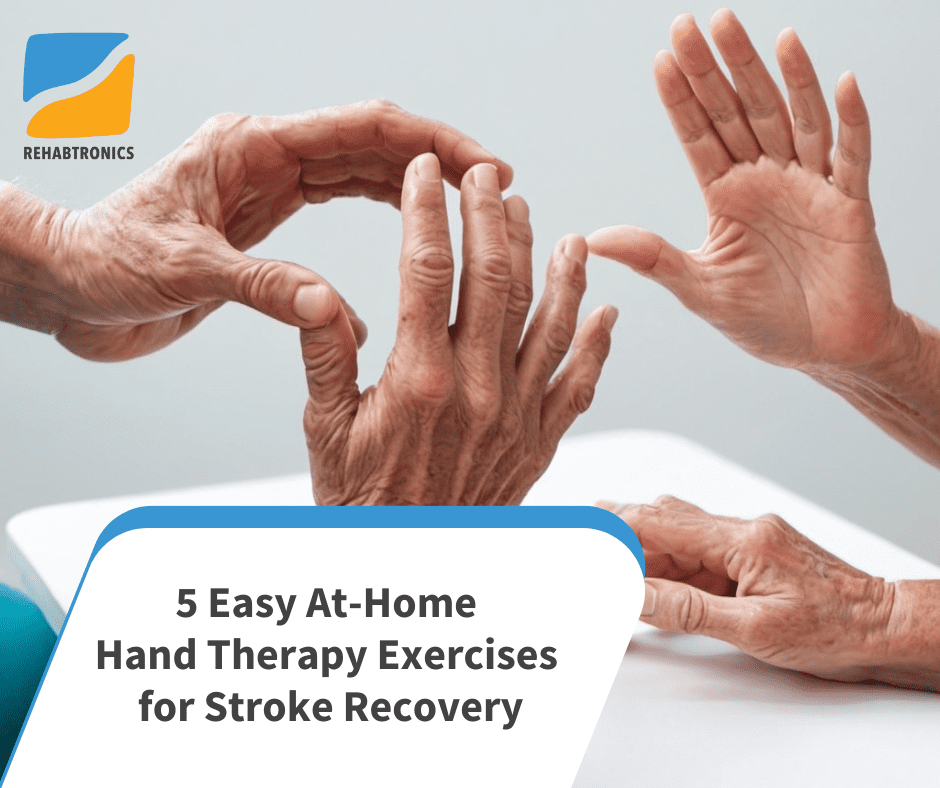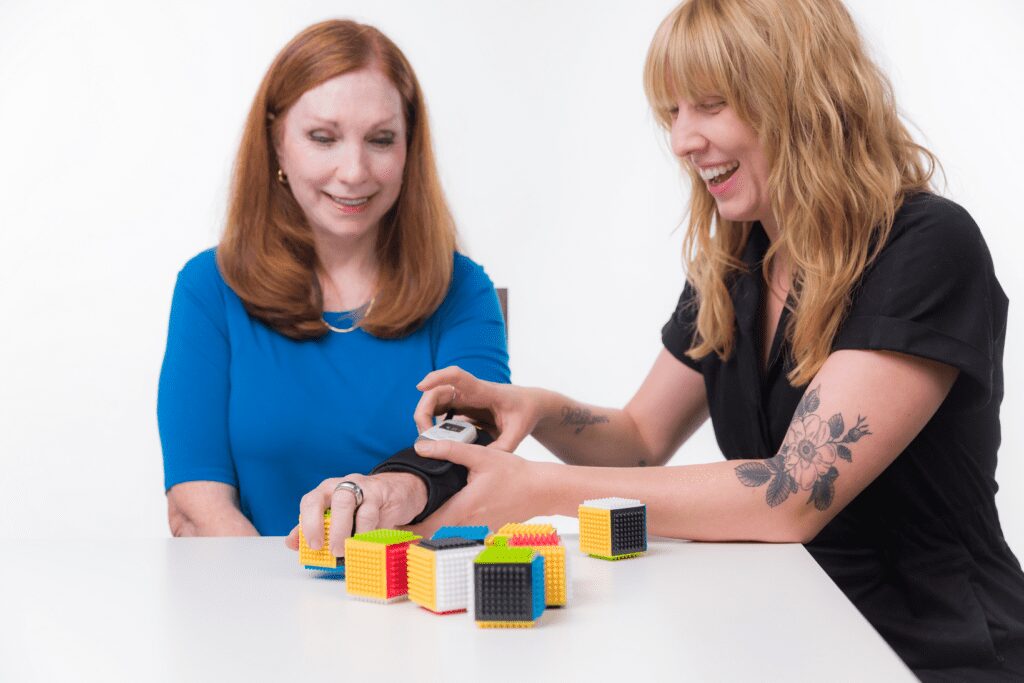Home Help Therapist Helps Stroke Patient Regain Independence with ReGrasp FES device
By Ashley Gatewood, ORT/L
I recently used the ReGrasp FES device device with a 44-year-old female with a history of MS and left Cerebrovascular accident (CVA) who was also recovering from COVID-19. Her biggest goal was to be independent with Activities of Daily Living (ADLs) and Instrumental Activities of Daily Living (IADLs). She really enjoyed cooking and wanted to regain her strength and coordination to be able to cook safely. The patient was able to use the device throughout meal preparation activities without it impeding actual function. The ReGrasp FES device allowed her to sustain grip on utensils and other kitchen items without dropping them.
As a clinician, I love it when my patients are motivated to continue healing and gaining independence, which comes from them seeing progress and believing in the benefits.
My patient was able to increase her strength in her right wrist flexors and extensors on the Manual muscle test score from -4/5 to a 4/5. She also increased right grip strength by 2 lbs. The device was very motivating for the patient and gave her increased motivation to engage in her home exercise program.
From a clinical perspective, this device is very simple to set up and allows your patients to have freedom within their home and daily life with a sense of increased independence. I really enjoyed how the device looks on the patient in the sense that there was not increased attention brought to the patient’s disability.

The ReGrasp FES device produces a strong current to allow for adequate muscle contraction for increased grasp. The battery life was able to last for a full day of use when using it for functional tasks at home and in the community. A great perk for functionality, is the rechargeable battery rather than having to change out batteries like a typical TENs unit. The device is very lightweight and can be washed, which is another perk for increased wearability.
The ReGrasp provides patients with the opportunity to have functional rehabilitation at their fingertips to improve their independence and quality of life. This device is also opening the door for patients to have access to advanced technology in their home, rather than just in a clinical setting.
As a home health therapist, this device has allowed me to bring advanced technology into my treatments, which I rarely have access to. I’m excited to explore new ways that this device can be used with my patients within their home environment. The door has been opened, so if we can dream it, then we can do it.
